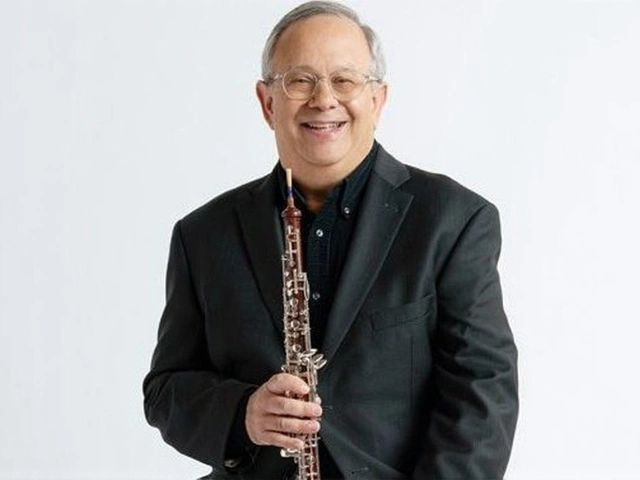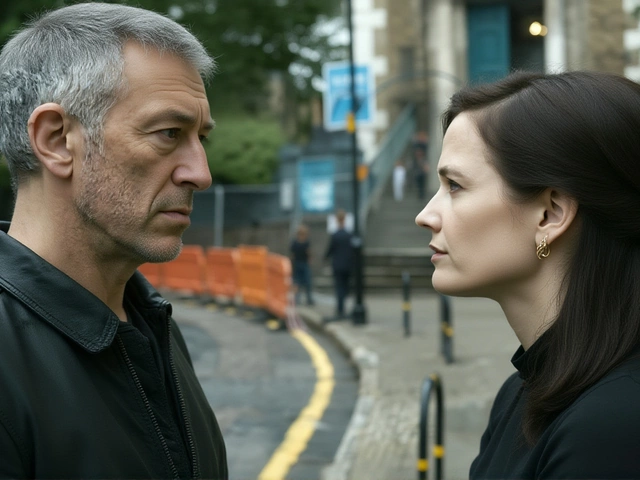Dodgers Activate Kiké Hernandez as NL West Race Heats Up
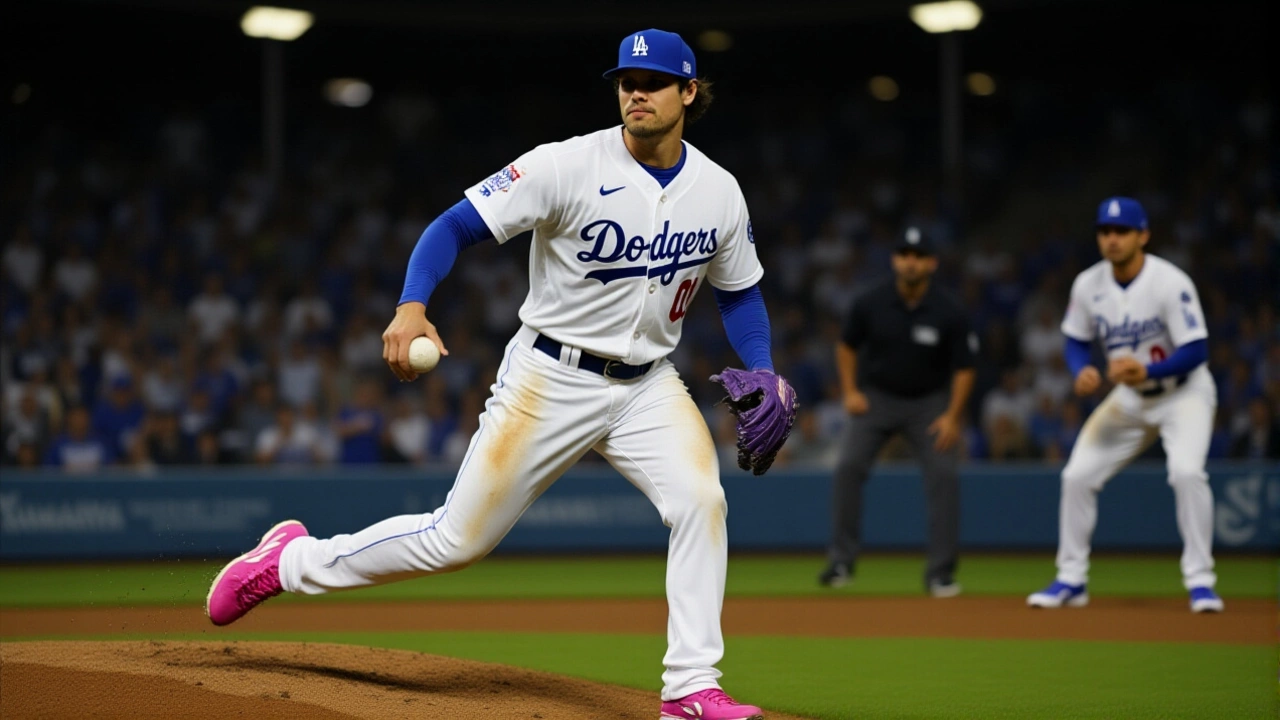
- Kieran Fitzpatrick
- 30 October 2025
- 0 Comments
When Kiké Hernandez stepped onto the field at Great American Ball Park on Monday night, August 25, 2025, the Los Angeles Dodgers didn’t just get a utility player back — they got a spark. After 51 days on the injured list with left elbow inflammation, Hernandez, 33, was activated in time for the opener against the Cincinnati Reds, just as the Dodgers’ grip on first place in the National League West began to slip. The timing couldn’t be more critical. The team entered the game tied with the San Diego Padres, two losses away from falling behind in a division race that’s turning into a war of attrition.
From Pain to Power: The Long Road Back
Hernandez’s injury wasn’t just a nagging ache — it was a full-blown mechanical breakdown. He’d been struggling since late June, swinging at fastballs like he was chasing ghosts. "I couldn’t catch up to the fastball," he told The Dodgers Bleed Los Podcast Network on August 26. "And when I finally adjusted to that, the breaking balls buried me." The Dodgers’ medical staff tried everything. Four injections. First, cortisone. Then platelet-rich plasma. Then hydrodissection with stem cells — a cutting-edge, expensive procedure meant to lubricate and regenerate tissue. Nothing worked. Not until the second cortisone shot, administered just two weeks before his return, finally silenced the pain. "I almost cried in the morning," Hernandez said. "It was the first morning I woke up pain-free." He didn’t rush back. He spent five games with the Oklahoma City Baseball Club, going 5-for-14 with two doubles and three RBIs. His swing looked fluid. His hands were quick. And he didn’t need the protective sleeve he’d worn in four of the five games — though he joked he hoped it would make him "like Shohei [Ohtani]."What the Dodgers Lost — and Gained
Before the injury, Hernandez had played in 72 games with an unimpressive .195 average, but he’d still managed eight home runs and 22 RBIs. His .626 OPS wasn’t elite, but his versatility — playing third base, left field, and even shortstop — made him invaluable. In a team that relies on platoons and late-inning matchups, losing him was like losing a Swiss Army knife. His absence exposed the depth issue. Enter Buddy Kennedy, 26, a journeyman infielder acquired from the Toronto Blue Jays. Kennedy played seven games for the Dodgers and went 1-for-17. He was designated for assignment the moment Hernandez was cleared — a move that made sense but underscored how thin the bench had become. Now, Hernandez’s return doesn’t just add offense. It adds chaos. Opposing managers can’t predict where he’ll play. He’s not a starter by default, but in a tight game in the seventh inning, his bat — and his ability to handle any position — becomes a weapon.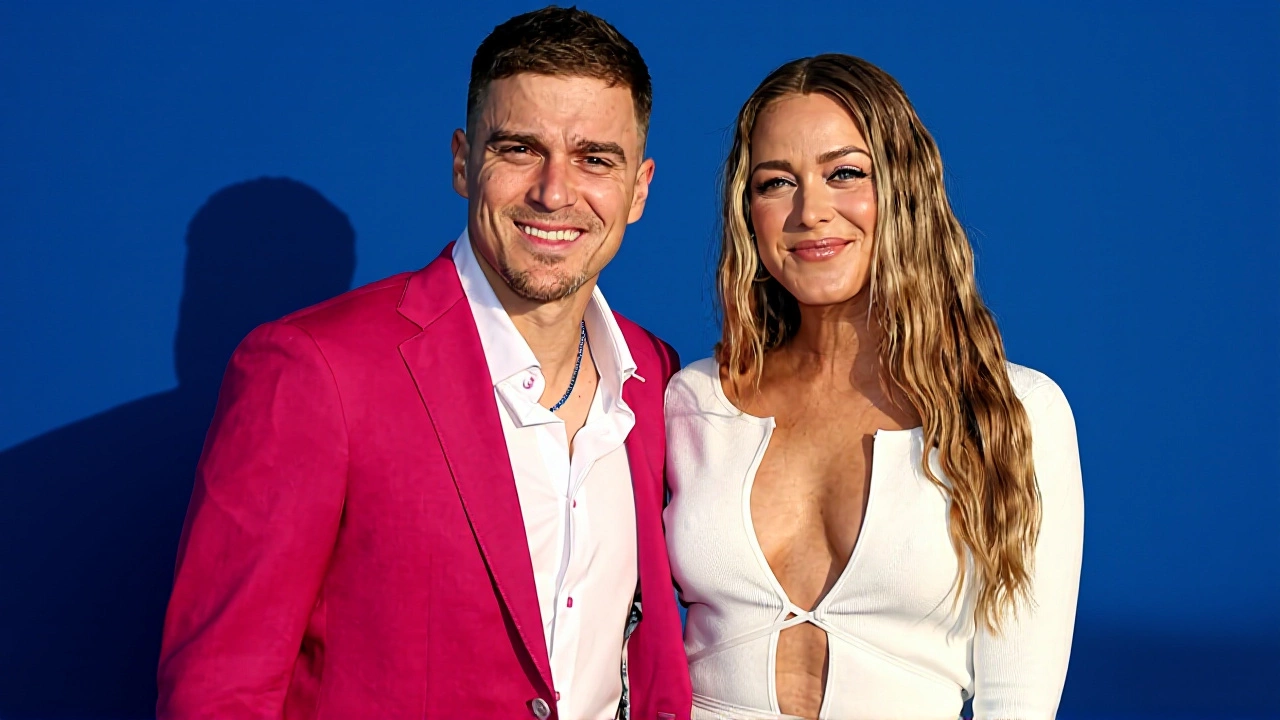
More Help on the Way
Hernandez isn’t the only one coming back. Manager Dave Roberts, 52, confirmed that Max Muncy will return during the team’s upcoming East Coast trip. Muncy, the veteran slugger who’s missed nearly two months with a knee issue, could shift the entire dynamic of the Dodgers’ lineup. Tommy Edman, Hyeseong Kim, and relievers Michael Kopech and Brusdar Graterol are also inching closer to returns. Even more encouraging? Blake Snell is back from paternity leave. He’s scheduled to start Friday against the Arizona Diamondbacks in Phoenix. Roberts said, "Everyone is healthy" regarding Snell’s family situation — a rare, quiet win in a season full of injuries.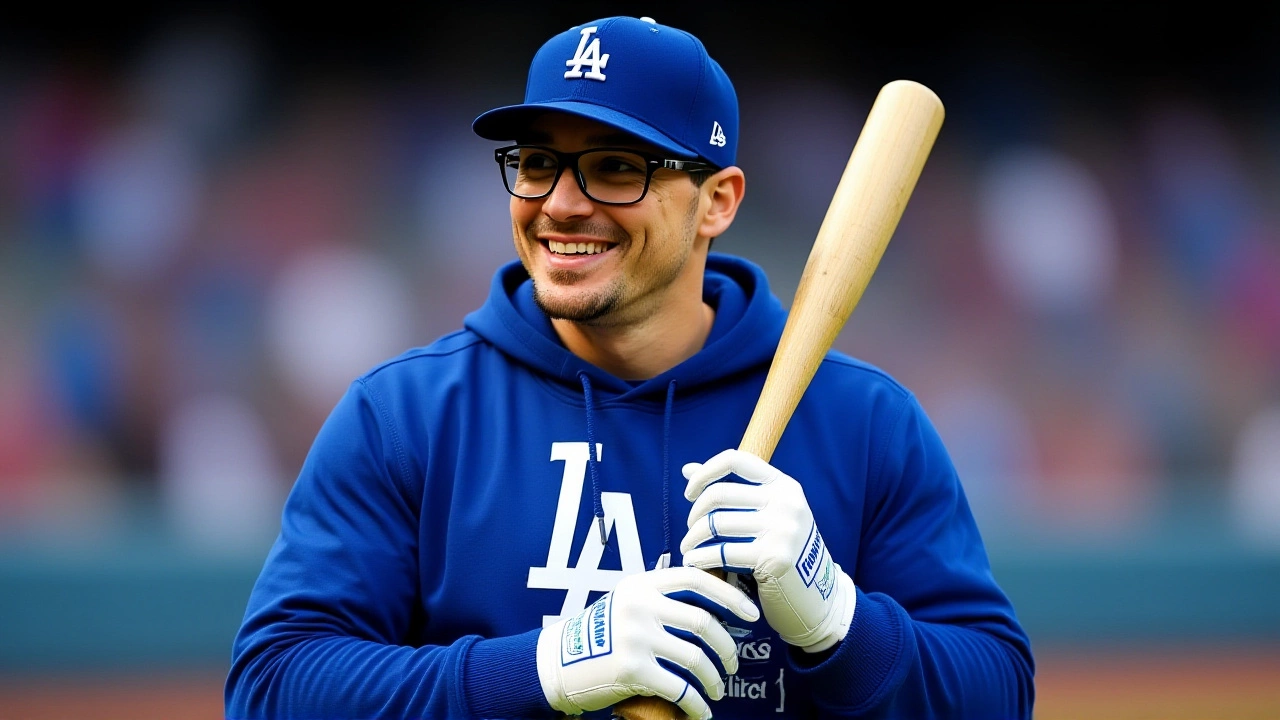
Why This Matters Beyond the Box Score
The Dodgers aren’t just chasing a division title. They’re chasing momentum. Their offense has been sputtering since mid-July. Their bullpen has been overworked. And their pitching staff, once dominant, has shown cracks. Hernandez’s return isn’t a cure-all — but it’s a psychological lift. He’s one of the few players who can shift the energy of a game with a single swing. In a league where 10-game winning streaks can change everything, the Dodgers can’t afford to wait. They’ve got 37 games left. The Padres aren’t slowing down. And every run, every defensive stop, every pinch-hit single matters more now than it did a month ago. Hernandez knew it. "I didn’t want to come back just to be there," he said. "I wanted to come back and make a difference." He’s not just back. He’s ready to play.Frequently Asked Questions
How did Kiké Hernandez’s elbow injury affect his hitting mechanics?
Hernandez struggled to adjust to fastballs and breaking pitches alike, saying he couldn’t catch up to heaters and then couldn’t react to off-speed stuff. The elbow inflammation disrupted his swing path, leading to a .195 average and a sharp drop in contact quality — he was swinging and missing more often, even on pitches he used to crush.
Why did it take four injections before Hernandez recovered?
The first three treatments — cortisone, PRP, and stem cell hydrodissection — aimed to reduce inflammation and repair tissue, but none resolved the persistent pain. Only the second cortisone injection, administered days before his return, provided relief. This suggests the inflammation was deep-seated and resistant to regenerative therapies, requiring a stronger anti-inflammatory response to reset the joint.
How does Hernandez’s return impact the Dodgers’ playoff chances?
With Hernandez back, the Dodgers gain a high-IQ utility player who can fill multiple roles and deliver clutch hits. His presence allows Dave Roberts to rest starters, manage matchups better, and avoid overextending younger players. In a tight NL West race, his ability to contribute off the bench could be the difference between a division title and a wild-card scramble.
What’s the timeline for other injured Dodgers players?
Max Muncy is expected to return during the team’s East Coast trip next week, while Tommy Edman and Hyeseong Kim are progressing but not yet ready. Relievers Michael Kopech and Brusdar Graterol are still in rehab, with no firm return dates. Blake Snell is back from paternity leave and starts Friday. The Dodgers’ depth is improving, but they still need more than one or two healthy players to make a deep October run.
Why was Buddy Kennedy designated for assignment?
Kennedy, acquired from the Blue Jays, went 1-for-17 in seven games with the Dodgers, offering little offensive or defensive value. With Hernandez’s return, the team needed a roster spot and opted for a proven, versatile contributor over a struggling bench player. Kennedy remains eligible for trade or waiver claim, but his time in LA is over.
Is Kiké Hernandez likely to start regularly now?
Not necessarily. Hernandez is a super-utility player, not a fixed starter. Manager Dave Roberts will likely use him in platoons, late-game defensive switches, or as a pinch-hitter. His value lies in flexibility — he can play third, left, or even shortstop. Starting him daily would risk re-injury and waste his greatest asset: adaptability.

